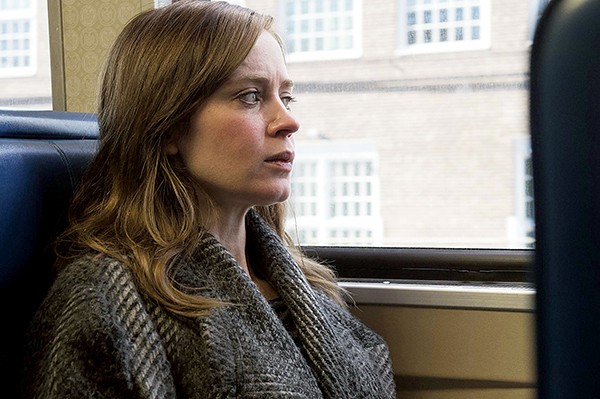The 24 hour news cycle began in earnest in 1991, when CNN drew big ratings with its coverage of the Gulf War. That war didn’t last very long, but the need for TV ratings persisted, so something had to be done. If there wasn’t news worthy of 24 hour coverage, it had to be created.

Margo Robbie as Tonya Harding in I, Tonya
Three years later, Tonya Harding provided prime fodder for the news machine. Harding was a figure skater from Portland, Oregon. While the Gulf War was going on, she was winning the U.S. Figure Skating championships and setting records as the first American to ever land a triple axel, and the first person to ever land two triple axels in a competition. She finished fourth at the 1992 Winter Olympics, but just when everyone thought her career was probably over, the Olympic Committee changed the schedule so that the winter and summer olympics didn’t happen in the same year, so she strapped on her skates and started training to represent America on the ice in 1994.
Then, deep weirdness struck. Harding’s rival was Nancy Kerrigan, and as the qualifying competition approached, someone attacked the figure skater with a baton, severely injuring her and putting her Olympic potential in doubt. Suspicion immediately fell on Harding, who became the center of a then-unprecedented media scrum. She made the Olympic team, but with the FBI and the every media outlet in the world breathing down her neck, she melted down in competition in front of the largest worldwide audience in Winter Olympic history. Kerrigan recovered enough to get a silver medal. When the FBI discovered that her on again, off again husband Jeff Gillooly had connections to the assailant, he testified against her. In all, four people served jail time for the Kerrigan attack, and Harding was banned for life from figure skating. Soon afterwards, O.J. Simpson killed his wife, and the media spotlight swung elsewhere, leaving Harding, not yet 25 years old, with a life in ruins.

Sebastian Stan, Margo Robbie, and Julianne Nicholson in I, Tonya
It’s hard not the think that I, Tonya was greenlit in the aftermath of the highly successful TV event The People vs. O.J. Simpson. It’s the kind of gooey 90s media event that a screenwriter can really chew on. Director Craig Gillespie and writer Steven Rogers take a meta approach to the material that, in light of its media-generated heat, seems entirely appropriate. The narrative is told in dueling interviews with Harding, (Margo Robbie), Gilloly (Sebastian Stan), and Harding’s mother, LaVona Fay Golden (Allison Janney). Between the three of them, there are zero reliable narrators on screen. Gillespie and Rogers bounce their characters off each other like a narrative demolition derby. Robbie, of whom I have never been a fan, throws everything she has into this role, and makes her case as a great actress. In her hands, Harding becomes a searingly sympathetic anithero, a woman abused by everyone around her both physically and emotionally, whose only way to relate to the world was lashing out. Despite her obviously superior athleticism and fierce determination, she was never liked or taken seriously by a figure skating sports establishment who wanted their heroines delicate, beautiful, and most importantly, upper class. Harding was poor white trash from the beginning, with an absent father and an abusive mother who nevertheless worked her ass off as a waitress to fund her daughter’s sports ambitions. Janney is especially good as the crustiest mom ever, who both put the grit in her daughter to succeed while sewing the seeds of the eventual flameout.

Allison Janney as Tonya Harding’s mother LaVona in I, Tonya
I, Tonya is described as a “black comedy biopic”, and that’s true enough. But it also serves as a searing indictment of the exploitive media landscape and the rapacious audience itself, without whom the tabloids wouldn’t exist. Like Lady Bird, this is a story about the intersection of women and class. Harding’s story was so compelling to the TV audiences of 1994 because she was someone who was supposed to be the pinnacle of female perfection, the figure skater, who was exposed as petty and vindictive—in other words, just as flawed and awful as the audiences who would go on to jeer her when she resorted to women’s boxing to make ends meet in the late 1990s. Gillespie and Robbie pull no punches—at one point, Tonya looks directly into the camera and says “All of you are my abusers, too”. I, Tonya is a film whose smiling face conceals some very sharp teeth.
I, Tonya
